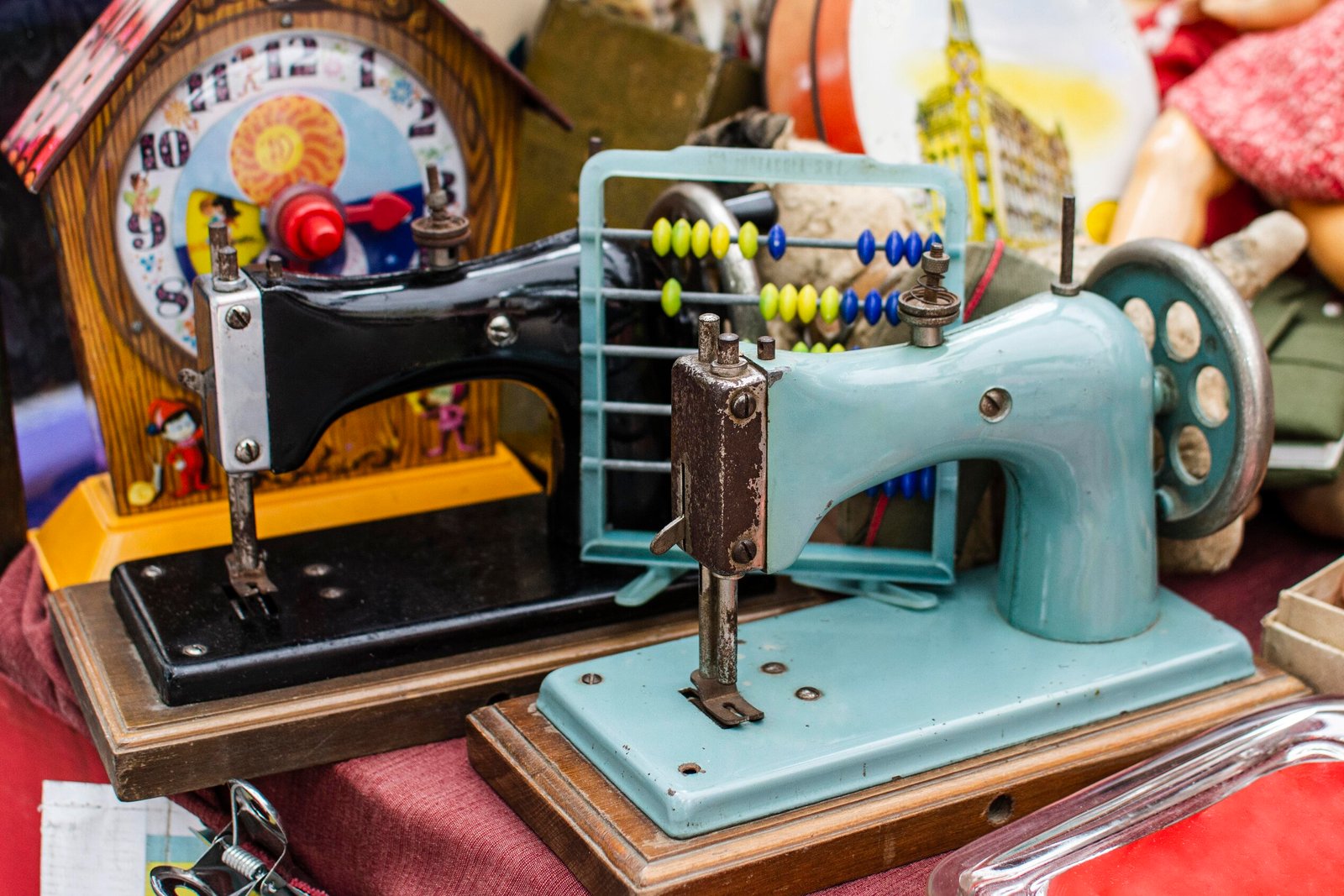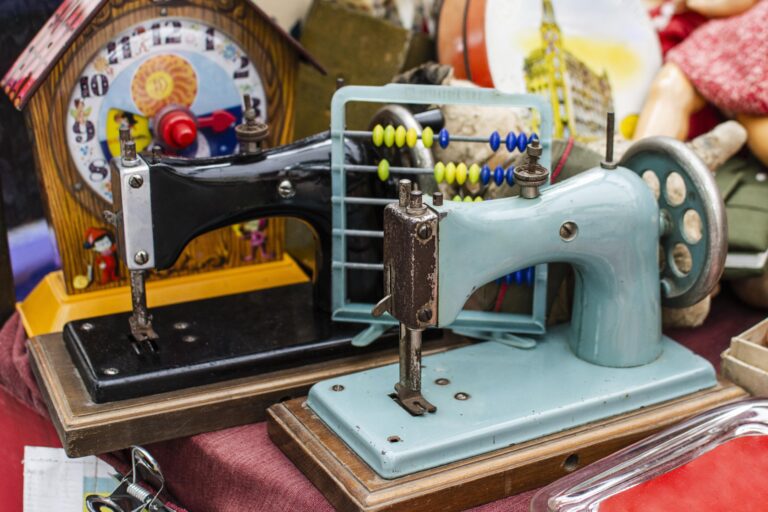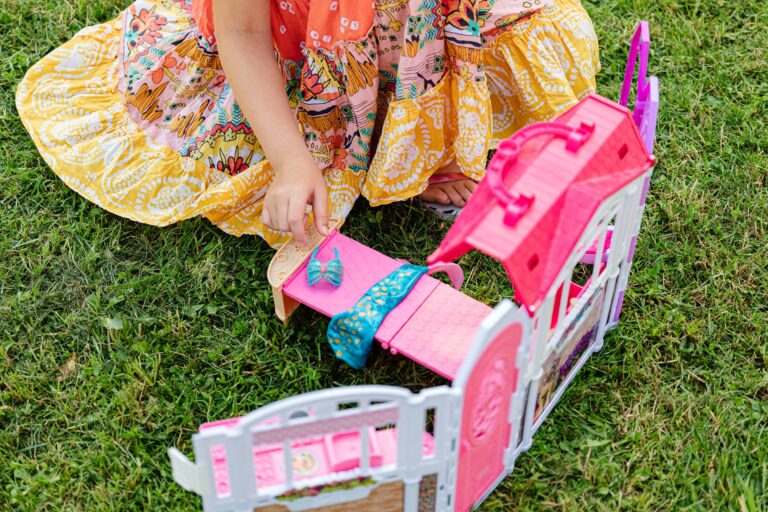Sewing Room Safety: 10 Best Tips For Beginners
Sewing room safety is a must-have information you wouldn’t toil with if you want to excel in this industry.
Accident does happen both in home front and workplace. It’s our responsibility to guide against them by ensuring where we work are risk-free.
Working with sharp items, such as needles and shears, poses risks even though sewing isn’t a particularly dangerous job. What can you do to lessen the risks and maintain your safety?
Sewing Room Safety: 10 Best Tips For Beginners
In this article, I will be sharing with you sewing room safety and, I will explain 10 best tips to guide you take precaution.
1. Get the Proper Tools
One of the best things you can do is to spend your money on high-quality tools and supplies. They’ll not only function better and endure longer, but they’ll also lessen the likelihood of disaster.
A cheap pair of scissors, for instance, won’t cut readily, so you’ll need to be more forceful when cutting your fabric, which could result in harm.
It’s also crucial to use the right tool for the job. Consider threading elastic through a waistband casing with the aid of a safety pin.
It’s likely to pop open and stab you in the finger, which hurts and could spill blood on your clothing. Disaster might have been avoided if the appropriate tool (in this example, a bodkin) had been used.
Everything has a tool for it! Learn what is available so you can be certain and use the appropriate tool for the job.
2. Employ Ergonomic Equipment
Use ergonomic instruments wherever feasible because they are made to be more comfortable and lessen strain.
For instance, look for a seam ripper with an ergonomic grip rather than the useless one that comes with your sewing machine. It will make ripping seams much easier and won’t cause hand cramps like the tiny one does.
They also provide pinking shears and spring-loaded shears, which open themselves after each cut, saving you the hassle of having to push them open.
Spring-loaded shears will come in handy when you have a large project to do, even though it may not seem like a major concern now.
3. Maintain Good Posture
Indeed, I am aware that I resemble your mother. Sorry! Slumping when using a sewing machine, however, can put strain on your neck, shoulders, and back.
This might ultimately result in chronic pain or perhaps a repetitive strain injury. Don’t crouch down like a caveman over your sewing machine!
Put your feet flat on the ground in front of the needle, pull the foot pedal near, and sit up straight. Moreover, if your needle breaks and tiny metal fragments fly at your face as you sew, sitting back may shield your face from harm.
4. Avoid Sewing When You’re Sick, Drunk, or Exhausted
This is a major issue. You’ll pay less attention and are more prone to make an unsafe error if you’re more exhausted.
like covering a finger with needlework. Or cutting your material when attempting to snip a stray thread.
5. Check the Sharpness of Your Shears, Needles, and Pins.
Despite the fact that it would appear unsafe to do this, it is a smart move. Any chef will tell you that using tools is made easier (and safer!) by their degree of sharpness.
You’ll have to exert more force to get dull pins to puncture your cloth, which increases the likelihood that you’ll accidentally stab yourself.
The same holds true for scissors, shears, and needles. Also, if they are sharp, they will function much better, which will make your task less frustrating.
You can purchase a sharpener to use at home, but at least once a year, have your shears sharpened at a repair shop. If this isn’t practical, get a fresh pair.
Make careful to routinely sharpen both your hand and pins.
You know how a store-bought pin cushion has a tiny strawberry hanging off it? Emery, a material that can sharpen pins and needles, is inside of it.
Sharpen the strawberry by repeatedly poking it with a blunt pin.
But, avoid attempting to sharpen sewing machine needles! These are not intended to be recycled. Replace them when they start to look stale.
6. Avoid Stitching Over Your Fingers.
Although it might seem obvious, several dressmakers visit the emergency room each year after getting their fingers too close to the sewing machine’s needle.
This is a terrible situation! When stitching, make every effort to keep your fingers away from the needle.
Use an awl, a pointed chopstick, a small crochet hook, or, in my opinion, That Purple Thing, a tool made to assist you manipulate fabric while sewing, if you’re working on a hard seam rather than reaching next to the needle to keep the fabric straight.
7. Avoid Sticking a Pin in Your Mouth.
Unaware of how risky it is, many dressmakers operate with pins in their mouths. It’s simple to inadvertently ingest pins, or even worse, to breathe them in!
Surgery can be necessary as a result. If you Google it, you’ll find first-person accounts from people who have actually gone through this, including Annie McCarthy, who ingested a pin and suffered a six-inch scar and irreversible nerve damage as a result.
8. Avoid Pinning Your Stitches.
Wow, those annoying pins have so many safety requirements! Many seasoned sewers have little problem stitching directly over their pins. However there is a risk in doing so.
Don’t fool yourself; sooner or later, the needle may strike a pin.
If it does, the needle may break, projecting minute pieces of metal in your direction. Even if the needle doesn’t break, the act of hitting a pin can harm your sewing machine and throw off the timing, which will cost at least $80 to fix and necessitate a trip to the repair shop.
Repairing computerized sewing machines may cost double that or even more! Remove your pins before they get to the needle to save yourself the trouble.
9. Before Changing the Needle on Your Sewing Machine, Turn it Off.
Have you ever noticed how, when you sit down at your sewing machine, your foot instinctively seeks for the foot pedal? It is far too simple to inadvertently press the foot pedal while adjusting the needle.
The answer is straightforward: shut off the machine before removing the old needle and replacing it. Make sure the presser foot is up if your sewing machine has a built-in safety feature so you can’t sew.
10. Avoid Laying Electrical Cords Across the Floor.
If you must use an extension cord, attempt to run it along the room’s edges to prevent tripping over it.
The same rule applies when using an iron, sewing machine, or other device with a long power cable. It is dangerous if the cables cross the floor because someone could trip over them.
This is hazardous not only due to the possibility of falling, but also due to the possibility that it will rip the power cord from the wall outlet, knock scissors to the ground, or topple a hot iron.
Conclusion
Don’t let a careless error make stitching less enjoyable for you! Sewing room safety is an information that will help you to sew safely if you exercise caution and good judgment.
Need additional stitching guidance? Let us know in the comment section.




